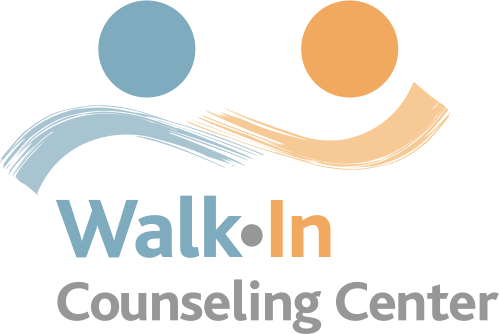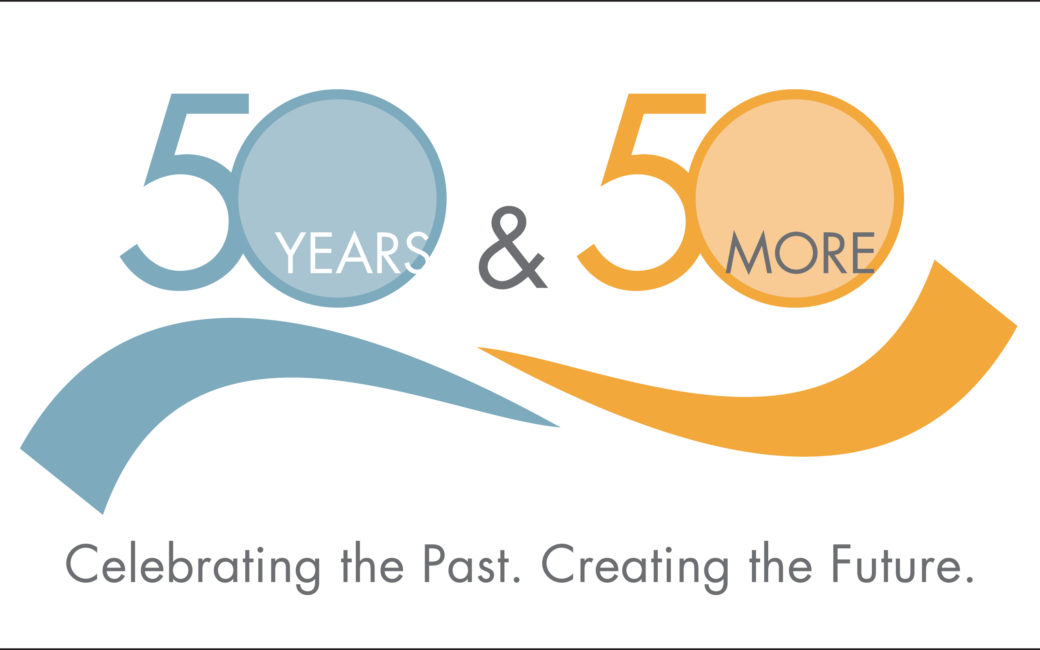This 8 1/2 minute video tells the story of Walk-In Counseling Center.
Walk-In Counseling Center: 50 Years of Serving the Community from Heather Martens on Vimeo.
2019 Marks Walk-In’s 50th Anniversary Year
The year launched with concerts in February by VocalPoint Chorus. Here are some highlights.
Walk-In held our “50 Years and 50 More” gala in October 2019, attended by nearly 400 friends, alumni, current volunteers, staff and supporters. To view photos of the event, click here.
To view our special report recognizing the nearly 3,000 volunteers who have served over the past 50 years, click here.
Here’s some Walk-In history:
In 1969, the social and political unrest of the day spurred a group of young psychologists to form Psychologists in Social Action through the University of Minnesota. A radical idea out of that group was to start a free mental health clinic with no red tape, meaning free, anonymous and no-appointment-needed during clinic hours. In a house on Chicago Ave., then shared with the Teenage Medical Service, Walk-In Counseling Center was born.
In our early years we served mostly troubled youth who experienced domestic violence, trauma, sexual identity issues, and drugs and alcohol use. They hoped to create new lives, but the streets were tough then, as they are now. Walk-In provided the non-judgmental, safe place where young people could heal emotionally and socially.
Since then Walk-In has remained true to its original mission: still free; no name or identification required; come during walk-in clinic hours and you will be seen. Only our availability has changed. Our main clinic site is in the same house in Minneapolis, but we have three additional small sites serving the east metro area. Services are available every weekday in both east and west metro.
We now serve primarily adults–60% are between 21 and 40–and older teens (15+), who have social and emotional challenges which prevent them from effectively managing their lives; couples whose relationship issues have de-stabilized their personal functioning; and Spanish-speakers, most undocumented, who have limited access to such services.
What a vision those young psychologists had 50 years ago–innovative, expansive, transformative! That radical idea in 1969 is as relevant today as it was then.


